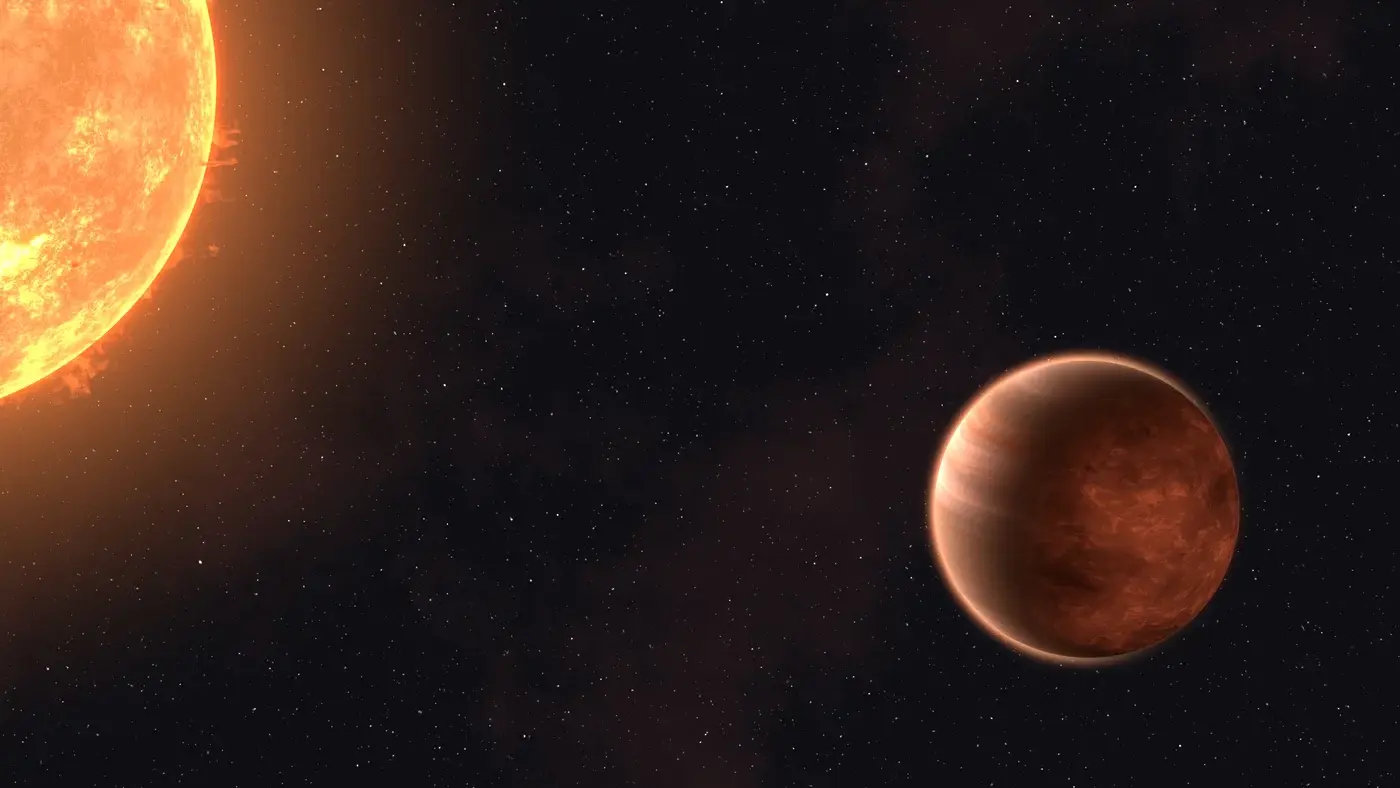Visual communication has now become a part of the daily lives of many Internet users. Space engineers are also excited about this and have now set a new record: they have created a data connection in deep space.
Perfect alignment is required
Probes and instruments traveling far from Earth usually transmit their data via radio. However, due to the scattering of signals, more power is needed than is strictly necessary. Optical communications using lasers are more efficient, but also require perfect alignment between transmitter and receiver over enormous distances.
And that’s exactly what technicians at NASA’s Jet Propulsion Laboratory have now achieved. They gave the Psyche probe, which was on its way to the metallic asteroid of the same name, a box containing the Deep Space Optical Communications (DSOC) experiment. This has now been successfully tested for the first time.
DSOC: NASA engineers explain new technology
Engineers here have now transmitted data over a distance of about 16 million kilometers, which is about 40 times the distance between Earth and the Moon. “Receiving first light is one of many important milestones for DSOC in the coming months, paving the way for higher data rate communications capable of sending scientific information, high-resolution images and video streams,” said Trudy Curtis, technology demonstration manager at NASA Headquarters. in Washington.
Mars mission data
Initially, test data was only sent over the connection. In the near future, we want to work on improving communication processes. The goal is then to demonstrate long-term high-bandwidth preservation over a connection spanning millions of kilometres.
This technology is not only important for sending more powerful instruments deeper into the solar system. This technology will also be crucial for manned missions to Mars, because it allows much higher transmission rates than radio communications. They are also necessary to provide astronauts with psychologically important communication options on their long journey to the next planet.
- A new data connection to space has been established
- Laser communication is more efficient than radio
- NASA-JPL passes DSOC test
- Data transmission over a distance of more than 16 million kilometers
- Test data was transmitted, and processes were improved
- Objective: High bandwidth over distance
- Important for future Mars missions
See also:

“Total coffee aficionado. Travel buff. Music ninja. Bacon nerd. Beeraholic.”







More Stories
WASP-43b: An exoplanet with clouds of liquid rock
€2 million – The renovation of the Neurology Department in Amstetten has been completed
Mars: Unexpected manganese deposits indicate conditions suitable for life